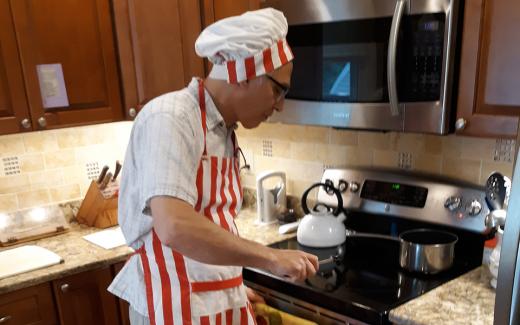NIST physicist Zachary Levine doesn’t cook that often, but when he does, it can easily turn into a science experiment.
|
ADVERTISEMENT |
Two years ago, after he and his wife had endured a week of under-baked cookies and chicken that took forever to roast, Levine wasn’t content to simply recalibrate his oven according to the manufacturer’s directions. In attempting his own calibration, using the boiling point of water as a standard reference, Levine ended up studying the thermal physical properties of water.
More recently, Levine was back in the kitchen, boiling the contents of a frozen package of peas and carrots for dinner, when he noticed something odd: The two vegetables spontaneously parted company, with the peas generally moving to the edges of the pot while the carrots stayed put in the center. Every time Levine stirred the vegetables together—once, twice, three times, four times—they quickly separated, reverting to the same pattern in some 15 seconds.
He had to know why.
…

Add new comment